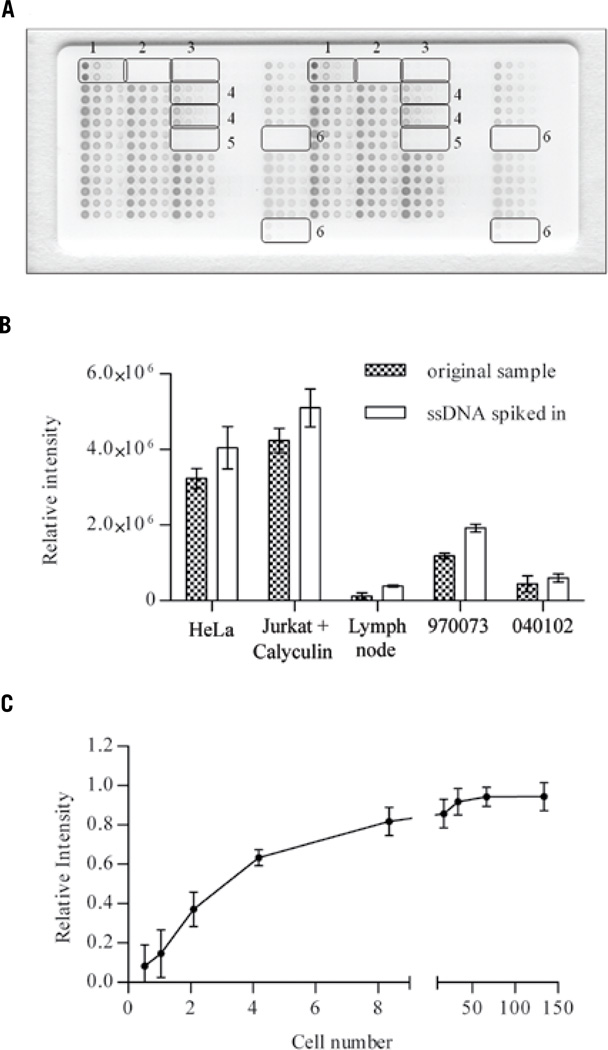Figure 1. Anti-ssDNA antibody binds ssDNA in a specific and reproducible way.
(A) Anti-ssDNA antibody reacts exclusively with samples containing ssDNA only (1) or ssDNA spiked into BSA (4). No signal is observable in samples containing RNA only (2), BSA only (3), or RNA spiked into BSA (5), and tissue lysate samples in which DNA was depleted by ethanol precipitation (6). (B) ssDNA staining intensity increases in a directly proportional fashion when ssDNA is spiked into cell line or tissue lysates (empty columns) compared with the original samples (black columns). (C) Dose response curve: RPMA ssDNA staining intensity is proportional to cell number and is highly precise. The average spot intensity of 15 different arrays comprised of RPMI 8226 cell lysates was plotted against cell number (between arrays n = 15; mean ± sd). The curve was fit in GraphPad Prism 5 using the equation for one site specific binding with Hill Slope; goodness of fit R2 = 0.9481.

